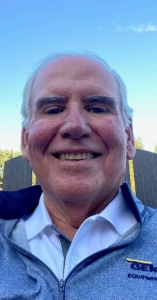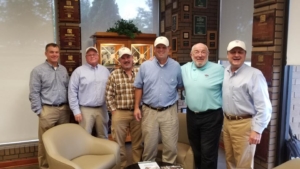The Woes of Unfocused Training
This week, we continue with a guest post from Steve Day, in which he discusses with us the woes of unfocused training. Steve received a degree in Electrical Engineering and then served in the US Navy. He started with Komatsu America 1978. For the next twelve years Steve worked through various equipment sales positions before becoming the Vice President of Parts, Vice President of Service. During this period Steve sat on the board of a major distributor in the North east US as well as Hensley Industries. After twenty-five years Steve moved from the OEM side of the business to the Distribution side by joining Tractor and Equipment Company in 2003 as Vice President of Product Support.
Throughout his career Steve has learned the Industry from the ground up. This allowed him to have a very clear view of what was needed to support customers, employees and owners in their pursuit of excellence. Working at high levels in both the Manufacturing and the Distribution side of the business gave Steve some great learning opportunities and chances to develop insights. Steve retired in January of 2020. After spending 40 plus years in an industry we are very pleased to be able to share some of Steve’s insights with you and honored to consider Steve a friend.
Unfocused training is a waste of time and a huge waste of money!
This may not be immediately obvious but I believe that a lot of the training we give our people is unfocused.
A manufacturer tells us that they want our people to attend certain classes at the manufacturer training center or they want our trainers to be able to teach the classes. We then usually use a very scientific method of choosing who should attend. We call up our branch service managers and ask them who they want to send.
The day that our chosen attendee is to leave, something comes up and the manager sends somebody else. The thing that usually comes up is that things got busy and the service manager didn’t want to send the original technician because he is too important to the branch. The person we end up sending doesn’t learn much because they didn’t have the basic knowledge to get the most out of the class.
But, something just “came up.”
We waste money. We damage our reputation with the manufacturer and we don’t do much for the self-esteem of the tech we sent off to fail. We also disappointed the good tech that we didn’t train. This happens more than you can imagine.
If you want to ruin your day I strongly suggest you do the following: Go to your Training department or your HR department and ask them to give you the training record of each of your Technicians and any of your Parts people that work with customers or the Service department.
Tell them you would also like to see this year an updated copy of each of those employee’s skills assessment and this year’s training plan for each of those employees. I only know about five distributors that won’t be disappointed.
I will continue with these reflections next week.





